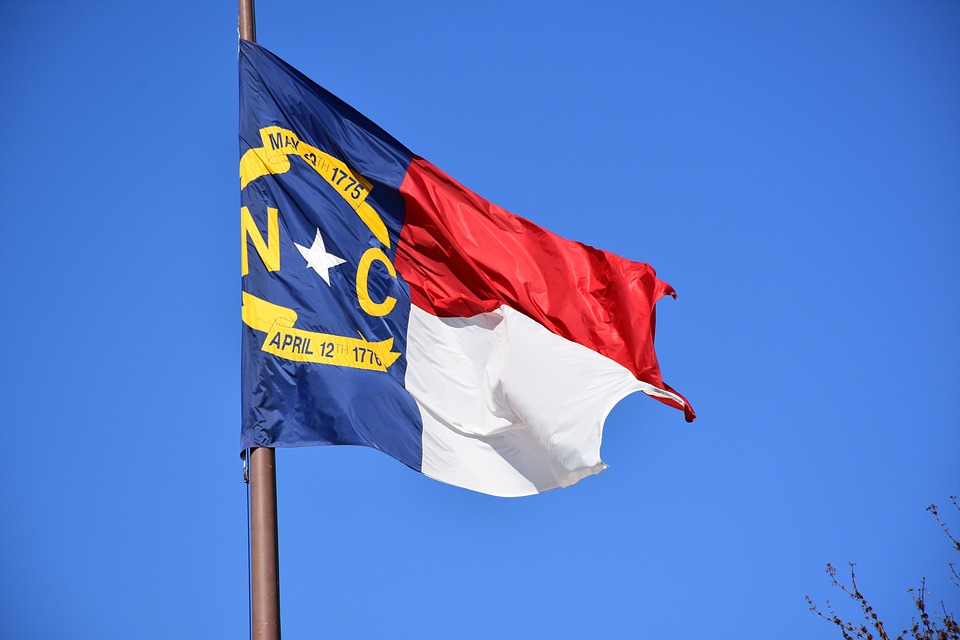
Black History Month - North Carolinians to Remember
Since the inception of Negro History Week in 1926 and the expansion to Black History Month in 1976, February has been a time when the nation pauses to reflect on the struggles and accomplishments of African Americans in the United States.
North Carolina boasts many noteworthy names and places for Black History Month: the unknown indentured servants who were free men and could vote in colonial times, soldiers who fought on either side during the American Revolution, and men and women who offered resistance and fled to freedom during antebellum times, or joined in the fight for freedom with the Civil War. Through the Civil Rights era to modern times, North Carolina has mirrored or amplified the African American movements to freedom and equality in the United States.
John Chavis was a highly respected preacher and educator in the late 1700s, who served three years in the Revolutionary War. Listed as an indentured servant in Halifax County in 1773, by 1789 he was recorded as a free black owning one horse in Mecklenburg County, Virginia. It is believed he attended Presbyterian Washington Academy, now Washington and Lee University. He was a licensed Presbyterian minister, preaching and moving freely between blacks and whites. He moved to Raleigh by 1808, and became better known as a teacher, educating white students and free students of color. He was known as a “good Latin and fair Greek scholar,” and enrolled students from prestigious white families. He also had a sense of his service. In correspondence with Sen. Willie Morgan he wrote, “Tell them that if I am black I am free born American & a Revolutionary soldier & therefore ought not be thrown intirely out of the scale of notice.”
Abraham Galloway escaped slavery from Wilmington in a ship’s hold in 1857 and went on to become a fiery abolitionist, Union spy and leader of a movement. He gave anti-slavery speeches in the north, risked life and limb on spy missions in the deep South, and sought recruits in Haiti. He fought against slavery and injustice, and brought recruits to the Union Army in occupied New Bern on his own terms, negotiating with the emissary assisted by men armed with guns. The African Brigade was formed in New Bern that became part of U.S. Colored Troops. Galloway led an insurgency and in 1864 took a delegation of black southerners to meet with President Abraham Lincoln at the White House, demanding the full rights of citizenship. He fought discrimination against black soldiers in the Union Army and was one of the first blacks to serve in the North Carolina legislature during Reconstruction. He became ill and died at the age of 33.
Elizabeth Keckly was born in Virginia and taken to Hillsborough when given to her master’s son. A skilled seamstress, through her industry she purchased freedom for herself and her son. She moved to St. Louis where her talents supported her 17- member family. She left an alcoholic husband, moved to Washington, D.C. in 1860, and established a dressmaking business. Her reputation as a modiste spread and her clients were the prominent women of Washington. She was recommended to Mary Todd Lincoln and became a friend and confident to the first lady after being hired by her in 1861. Mrs. Lincoln once referred to Keckly as “my best and kindest friend.” Keckly authored “Thirty Years a Slave and Four Years in the White House,” reportedly to assist Ms. Lincoln during financial difficulty. Of the book she wrote “I have often been asked to write my life, as those who know me know it has been an eventful one.” The title has been cited by Lincoln biographers. A dress created by Keckly for Mrs. Lincoln is at the Smithsonian.
George White was an educator, congressman and spokesman for racial justice. Born in Bladen County in 1852, he was educated in Lumberton before attending Howard University. He studied law under Judge William J. Clarke and was licensed to practice in North Carolina in 1879. White served as Second District Solicitor in Craven County and won the respect of blacks and whites. He moved to Tarboro to live in the Second Congressional District, known as “The Black Second,” and served in the U.S. House of Representatives from 1897 to 1901. He was the only black representative in Congress, and an eloquent advocate for his race. His speeches condemned the brutal treatment of blacks in the South, and he introduced the first anti-lynching bill in Congress. With the passage of legislation disfranchising black voters, he declined nomination to a third term in 1900, saying “I can no longer live in North Carolina and be treated as a man.” In his farewell speech he stated, “Phoenix-like he (the negro) will rise up some day and come again (to Congress).” He moved to Washington, D.C. The next blacks to be elected to Congress in North Carolina came in 1992 with Eva Clayton and Mel Watt.
Author: Faye Mitchell
North Carolina Department of Natural and Cultural Rescources


 How to resolve AdBlock issue?
How to resolve AdBlock issue? 